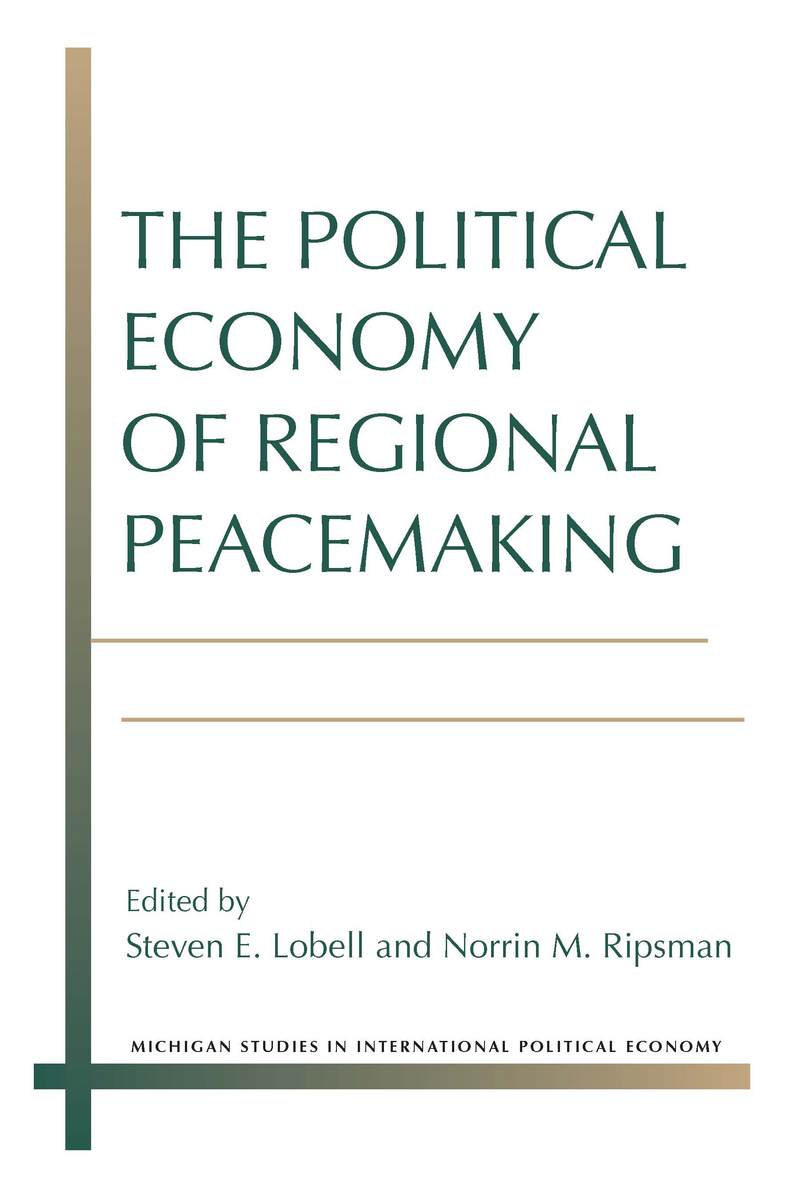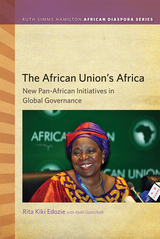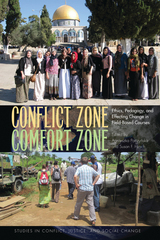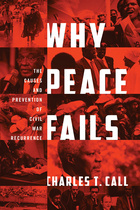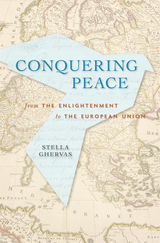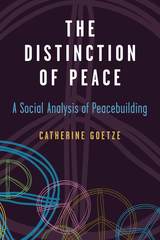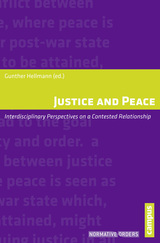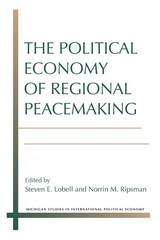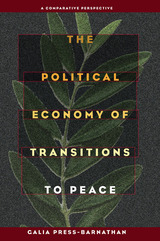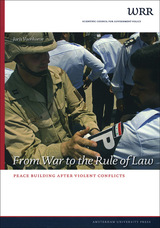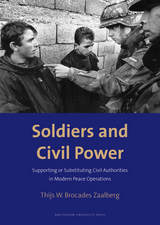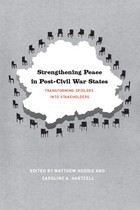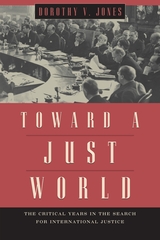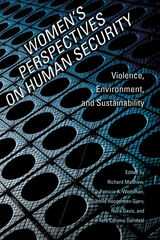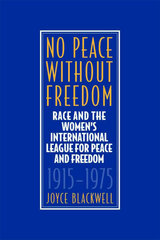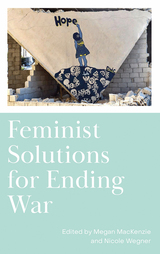Paper: 978-0-472-05307-0 | eISBN: 978-0-472-12176-2 | Cloth: 978-0-472-07307-8
Library of Congress Classification JZ5538.P758 2016
Dewey Decimal Classification 327.172
The chapters that follow are grouped in three sections, corresponding to the three stages of peacemaking: reduction or management of regional conflict; peacemaking or progress toward a peace treaty; and maintenance of bilateral peace and the regionalization of the peace settlement. In each chapter, the contributors consider the five key questions from a variety of methodological, historical, cultural, and empirical perspectives, drawing data from the Pacific, the Middle East, Europe, Asia, and Latin America. The conclusion expands on several themes found in the chapters and proposes an agenda for future research.
See other books on: Commercial treaties | International economic relations | Peace | Peace-building | Treaties
See other titles from University of Michigan Press
